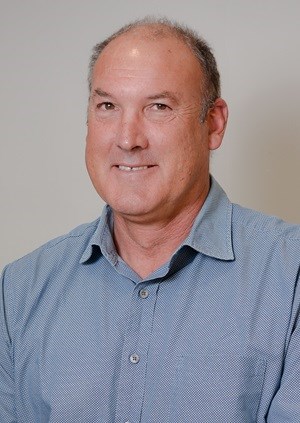
This awareness is creating the potential for much broader corporate action to identify risks and manage contaminated land.
Rasmussen says established ranks of corporate volunteers are being joined by a new wave of companies that take their Waste Act responsibilities to heart and seek professional help to assess site impacts resulting from historical land uses and past practices.
“Those companies that are coming forward should be saluted,” he says. “Previously, only certain companies acted voluntarily to assess contamination and remediated as appropriate. However, these volunteers are now being joined by firms with a proactive approach to the new legislation.
“The 2014 updates to the National Environmental Management: Waste Act (Part 8) take us beyond voluntary intervention and impose an obligation on businesses engaged in activities involving a risk of significant contamination to conduct investigations to see if their land is contaminated.
“The Act, however, does not set up a contaminated land ‘police force’. It is therefore commendable that we are now seeing companies coming forward of their own accord to quantify risk and implement remedial strategies to address contamination risks.”
Rasmussen says some companies have global links and are acting in line with international best practice. Others are proactive South African firms that apply sustainable business principles and wish to reassure employees, investors and communities.
However, some businesses remain apprehensive and have yet to take the first steps to assess their contaminated land risk.
Says Rasmussen: “Those who come forward find that the Department of Environmental Affairs is supportive. In our experience, the DEA is happy to work in partnership with corporates to tackle contaminated land challenges.
“The best solutions are invariably win-win, with positive outcomes for both business and the environment.”
ERM uses high-resolution site characterisation techniques and rigorous modelling to determine the level of risk posed by onsite contamination, and whether active remediation is required to mitigate the identified risks. Where feasibility is confirmed, ERM’s technical experts develop a site management strategy and implement a solution that meets their client’s business objectives, and the regulator’s requirements.
“Our intention is to implement remedial strategies that can achieve clean-up targets within a realistic timeframe, that are protective of both human health and the environment, and manage our clients’ risks,” says Rasmussen.
An intervention typically includes site characterisation, quantitative risk assessments, remedial options analyses and costing, system selection, design, implementation and management.
Remediation is necessary when contamination entails a risk to human health or the environment. Where the risk is not significant, remediation may not be necessary.
When soil or groundwater remediation is called for, ERM designs, builds, installs and manages customised systems to achieve the remediation goals.
Rasmussen believes the number of companies looking to voluntarily initiate site investigations will continue to rise.
He explains: “Public awareness of contaminated land and water issues is growing, and the new Waste Act focuses corporate attention on their legal responsibilities. In addition, we now have an increasingly active forum – the Network for Industrially Contaminated Land in Africa or NICOLA – to promote cooperation between industry, the academic world and service providers.
“Previously, some companies may not have been proactive enough. However, it’s encouraging that so many are preparing to make a clean break with the past.”